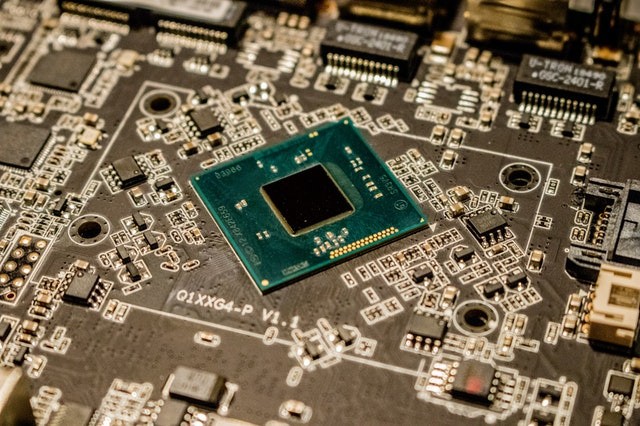Scientists recently announced that a tiny electronic device that can prevent excess electricity is a substantial step towards protecting the country's electric grid from an electromagnetic pulse or EMP.
As specified in a Nanowerk report, the said device can "shunt excess electricity within a few billionths of seconds" while it's operating at a record-breaking 6,400 volts.
Record-breaking, ultrafast devices step in to protecting the grid from EMPs https://t.co/eRhQxSub2d
— Nanowerk (@Nanowerk) March 15, 2022
The researchers' ultimate goal is to offer protection from voltage surges, which could result in months-long power interruptions, with a device operating at up to 20,000 volts. To compare, an electric dryer of a household uses 240 volts of electricity.

Electromagnetic Pulse
An EMP can result from natural phenomena like solar flares or human activity like nuclear detonation in the atmosphere.
In addition, EMP is causing huge voltages in a few billionths of a second, possibly affecting and impairing electronic devices over large swaths of the nation.
According to Bob Kaplar, manager of a semiconductor device research team at Sandia, EMPs are unlikely; however, if one were to take place and impair the large transformers that form the electric grid's backbone, it could take months for them to be replaced, and re-establish power to the affected part of the country.
The manager explained that such devices are essential to shielding the grid from an EMP is not just that they can get to high voltage; other devices can get high voltage, although they can react to a couple of billionths of a second.
He added that while the device protects the grid from an EMP, it is at a very high voltage, and thousands of amps are going through it, quite a large amount of power.
Diode Electric Component
This new device is a diode that can shunt a record-breaking 6,400 volts of electricity within a few billionths of a second, a substantial advancement toward shielding the country's electric grid from an EMP, a similar ScienceDaily report specified.
The research team, which includes Luke Yates, a Sandia electrical engineer, the study's first author, is working toward fabricating a diode to operate approximately 20,000 volts since most grid distribution electronics are operating at roughly 13,000 volts.
Diodes are electronic components present in almost every electronic device and serve as single-way regulator valves, explained Mary Crawford, a Sandia Senior Scientist who leads diode design and fabrication for the project.
Essentially, diodes allow electricity to flow in one direction through the device, although not the other. They can be employed to convert AC power into DC power, and in this work, divert impairing high voltage away from sensitive grid transformers.
Voltage Surges
As explained in the study published in the IEEE Transactions on Electron Devices journal, the voltage surges that resulted from EMPs are a hundred times faster compared to those caused by lightning, and thus, experts do not know if the devices designed to shield the grid from lightning strikes would be effective against an EMP, explained, Jack Flicker, a Sandia electric grid resiliency expert on the research team.
Flicker added that the electric grid has many different protections. The range in the timeframe is from extremely fast to extremely slow. They are overlaid on the electric grid to guarantee that an event cannot result in a catastrophic outage of the electric grid.
Related information about electromagnetic pulse is shown on Ludic Science's YouTube video below:
RELATED ARTICLE : Magnetic Nanoparticles Develop As New Computational Tool Potentially Useful for Drug Delivery, Among Others
Check out more news and information on Nanotechnology in Science Times.












